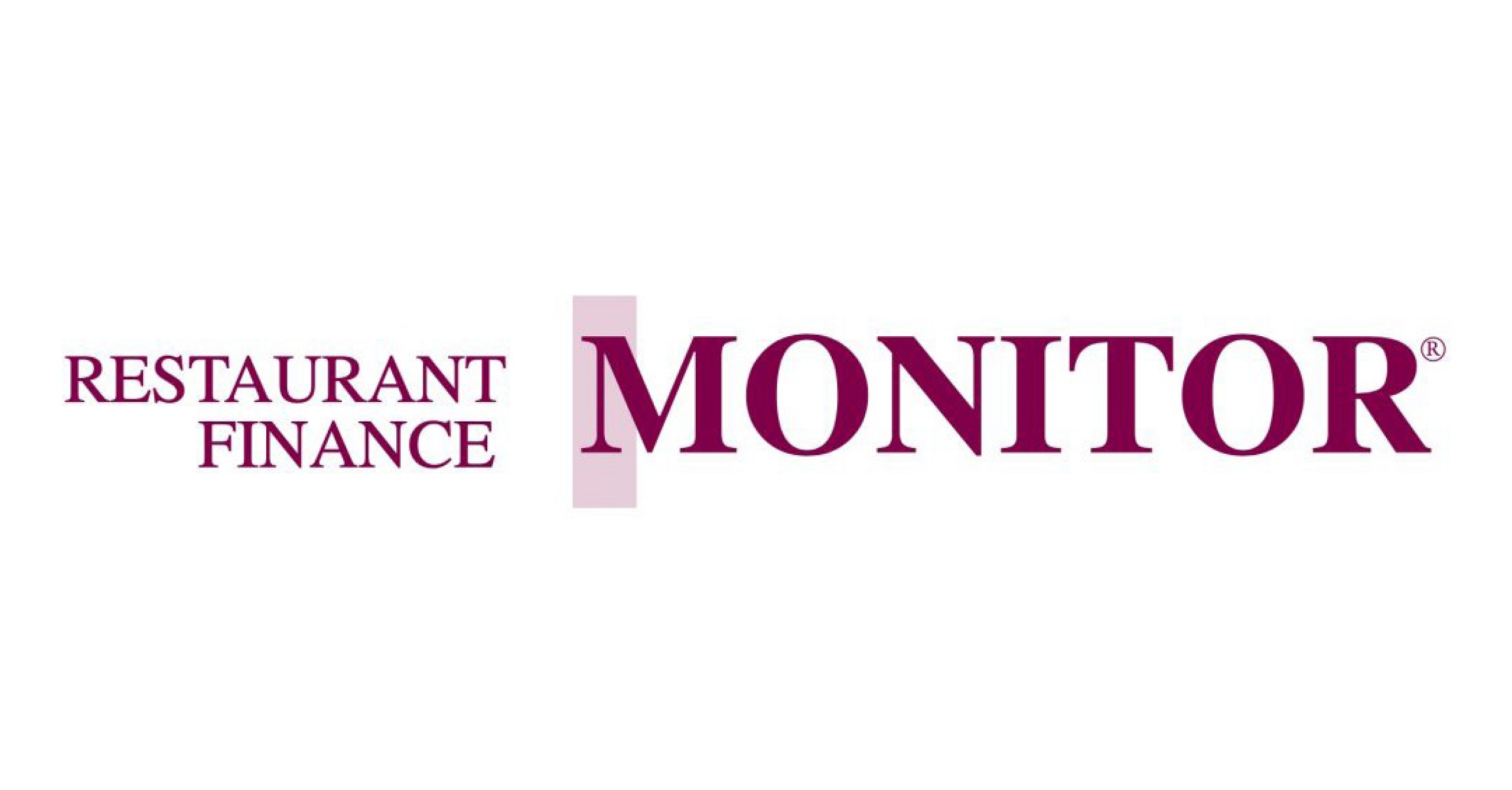Brian Bornino, director of GBQ Capital Advisors and an expert on succession issues and employee retention, and I have discussed that ESOPs are an expedient way to provide for succession and employee compensation. They also serve as an incentive, particularly for restaurants that have a lot of employees and problems with turnover.
These two issues are tied together in many ways. I set up an ESOP years ago for a salon business that, like restaurants, had a high turnover. Salon technicians have the option of renting a chair at another salon and taking their clientele with them. Non-competes are pretty much unenforceable, so other options such as ESOPs are needed to incentivize employees to stay. As an example, my client owned five high-end salons with high-earning stylists, and a high turnover rate. The ESOP, set up 20 years ago, and is still going strong today, owning just under 50% of the company’s interest. The founder has seen turnover drop to a negligible amount. Some stylists have accumulated sums in the $500,000 range in their ESOP and it has been a huge incentive for key management.
We’ve seen the same success in the restaurant industry. With input from Bornino, here are some points to consider.
An ESOP can be a valuable tool as an incentive, owner liquidity and succession planning. ESOPs haven’t been widely used in the restaurant industry due to issues such as who is included in the ESOP, the accounting for large numbers of employees and determining the qualifications needed to be part of the ESOP. Also, most restaurant companies go with a straight-deferred compensation arrangement that can take many forms. However, these are not qualified plans and don’t provide the current tax deductibility. But they are effective and are governed by Section 409A of the Internal Revenue Code. An ESOP is a qualified plan that requires compliance with ERISA, various filings and an annual valuation.
How an ESOP works
An ESOP is a separate trust agreement with a separate owner. It’s not owned by the employees, but by the trust. The trust usually has a board of directors. Ownership can’t participate in the ESOP, but they can be trustees. To start an ESOP, business owners will sell their stock to the ESOP trust which can be for cash, leveraged with the bank or in installment notes. This will need to be a corporation and usually an S-election is made. The owner then receives the payments in cash or installment notes. In most cases, they are selling less than control; typically 40% seems to be a good number. The ESOP ends up being a shareholder of the entity and the existing owners still have their interest. Because the ESOP is a non-profit, if you make the S-election, the 40% ownership is not subject to tax, so this provides a big advantage. So far this is a fairly easy transaction. The hard part comes when you file with the Department of Labor and IRS, but if you develop a plan it can have various phases, and is not overwhelming. Think of it as similar to your 401(k).
In a white paper for his firm, Bornino stated an ideal company size for a restaurant ESOP is about $5 million to $100 million in value, or $1 million to $20 million in EBIDTA. There are other options for liquidity once you exceed $100 million. Also, if there’s an IPO in your future, you would normally buy out the ESOP prior to the IPO. You always have the option to buy out if you go with private equity or do an IPO. One reason why ESOPs are not as popular in the restaurant industry is so many restaurant companies are franchises or large multi-unit operators. The ESOPs we have been involved with have mostly been independent concepts. You need strong leadership and steady growth. If the company goes up and down in value, it can be problematic.
Here are some of the advantages of an ESOP:
1. Succession planning: This is a solution to moving the company ahead, particularly for owners who are not interested in selling, but want to protect their legacy.
2. Several tax treatments: The ESOPs selling shareholder receives capital gains on the sale. There can be some exceptions: You may avoid a part or all of the tax on a sale transaction by doing a 1042 rollover where the capital gains can be deferred and possibly even eliminated. The advantage for doing an S-election is it becomes a tax-free entity. This can be appealing if you are in a high-tax state.
3. Retention and rewarding key management: You can’t have a fully leveraged ESOP where there is no value; the debt has to be paid down to have value.
Some key issues: 1) you have to file every year and get a valuation which requires an audit; 2) you will need to find an attorney and accountant who have this expertise, plus an accounting firm for the valuation as well as an audit in the annual filings; and 3) in tackling the franchise side, you need franchisor consent for an ESOP because you have a change in ownership and non-qualified owners. There have been some franchisors who have embraced this, but there isn’t much uniformity. This has been hard to trace because it hasn’t been public, but we do know of situations where franchisors have approved an ESOP.
ESOPs are certainly worth investigating. You can never have too many tools in your toolbox, and it’s certain you’ll need them for succession planning in the future.
From the March 2024 issue of Restaurant Finance Monitor
Author
-

Co-founder and chairman of Monroe Moxness Berg PA, Dennis is a pioneer in corporate financing with a broad network of finance contacts and clients. He assists businesses, from emerging companies to multinational firms, by providing creative ideas, identifying unique financing sources, and developing the financial tools necessary for their growth and development.
